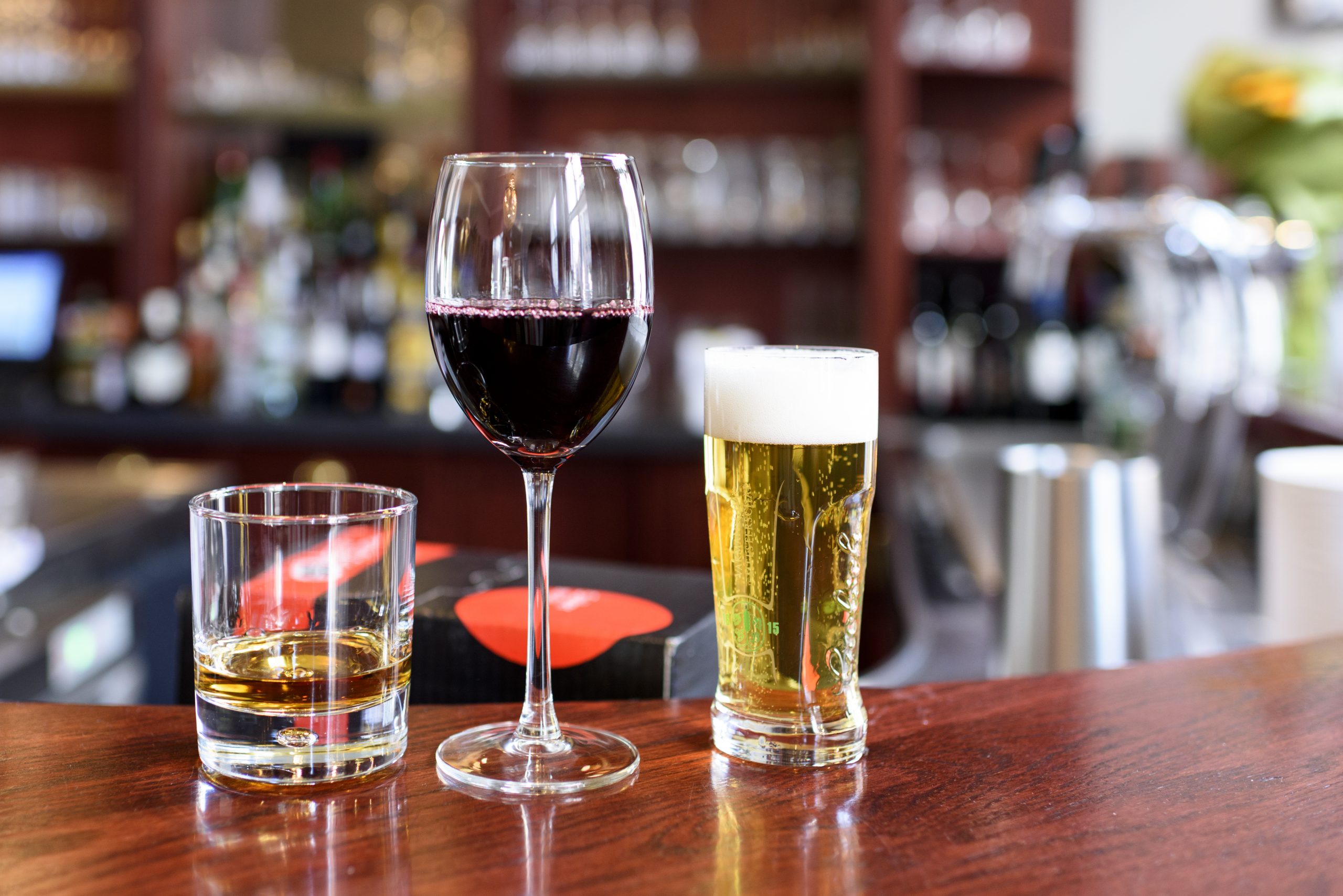
Bar Inventory, Inventory, Management
Bar and Restaurant Inventory Management: Calculating Variance
By Rory Crawford

By Rory Crawford

Product variance, otherwise known as loss or shrinkage, is one of the biggest detractors from a beverage program’s profitability. It represents the difference between the amount of product sold over a given period of time, and the amount of product used over that same period. In an ideal world, these numbers would line up perfectly, but as we know, that isn’t the case in the industry.
Variance can be calculated as:
$ Variance = [$ Cost of Product Sold] – [$ Usage]
or
% Variance = [$ Variance] / [$ Usage]
Understanding and minimizing variance is critical to running a successful beverage program.
You can’t calculate variance without first calculating usage, which is your starting inventory minus your ending inventory (adding in any received inventory from the usage period). This number shows you the total amount of product used during a specific period of time.
Knowing your usage, you can now compare this information to your sales data to find out the amount of product that was actually sold over the same period. In order to calculate the cost of product sold, you’ll first need to calculate your pour costs.
-BevSpot Bourbon costs $18.00
-Each bottle of BevSpot Bourbon gets 10 pours
-$18.00/10 pours = $1.80 Pour Cost
If a bar sells 20 pours of BevSpot Bourbon over the usage period, the cost of product sold on the bourbon would be $36.00 ($1.80 x 20 pours).
Utilizing your Point of Sale System to run a Product Mix report (or PMIX report) will show you every product that was sold during a given period of time. Using the PMIX report, multiply the quantity sold of every individual product by its pour cost to calculate the total cost of product sold during the period.
Now that you have both your usage and cost of product sold, you are ready to calculate variance using the formula above.
Over a one-week period, BevSpot Bar’s usage was $10,000 and its total cost of product sold was $8,000.
$8,000 – $10,000 = -$2,000 variance
or
-$2000/$10,000 = -20% variance
These calculations show that BevSpot Bar lost 20% of its product before having the chance to sell it, drastically reducing the bar’s profits.
Knowing this number will help to identify and address potential issues with mis-counting, over pouring, theft, or other drivers of variance.
Learn more about our food inventory app or schedule time to chat with one of our product specialist.
Schedule 15mins to chat with a product specialist
Start a FREE Trial Today! BevSpot offers full product education and account setup for all customers! No card Information needed!
